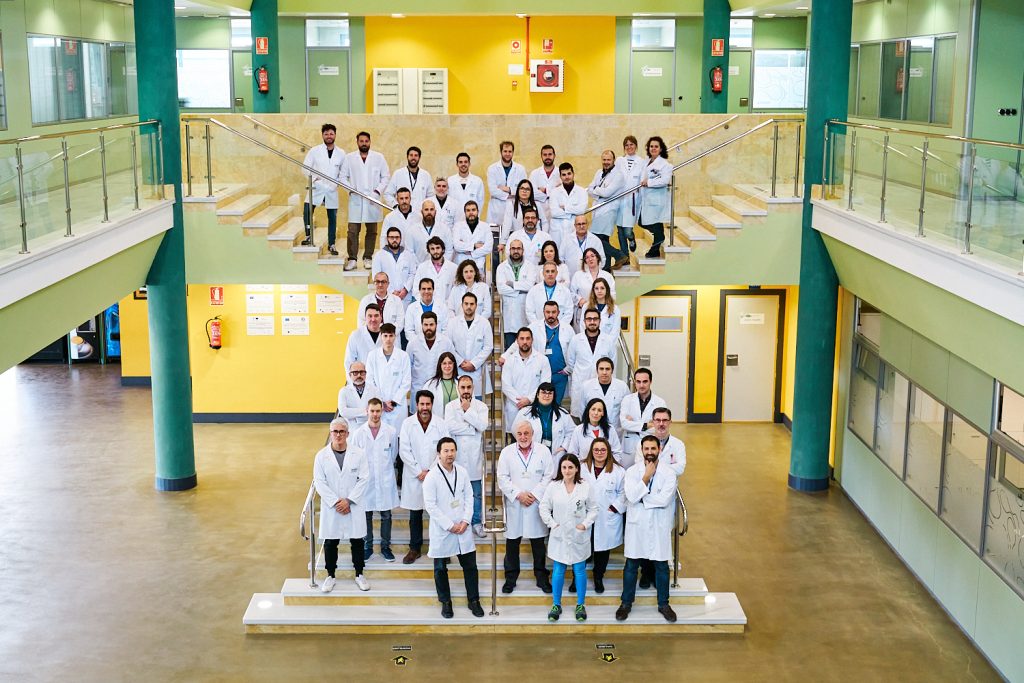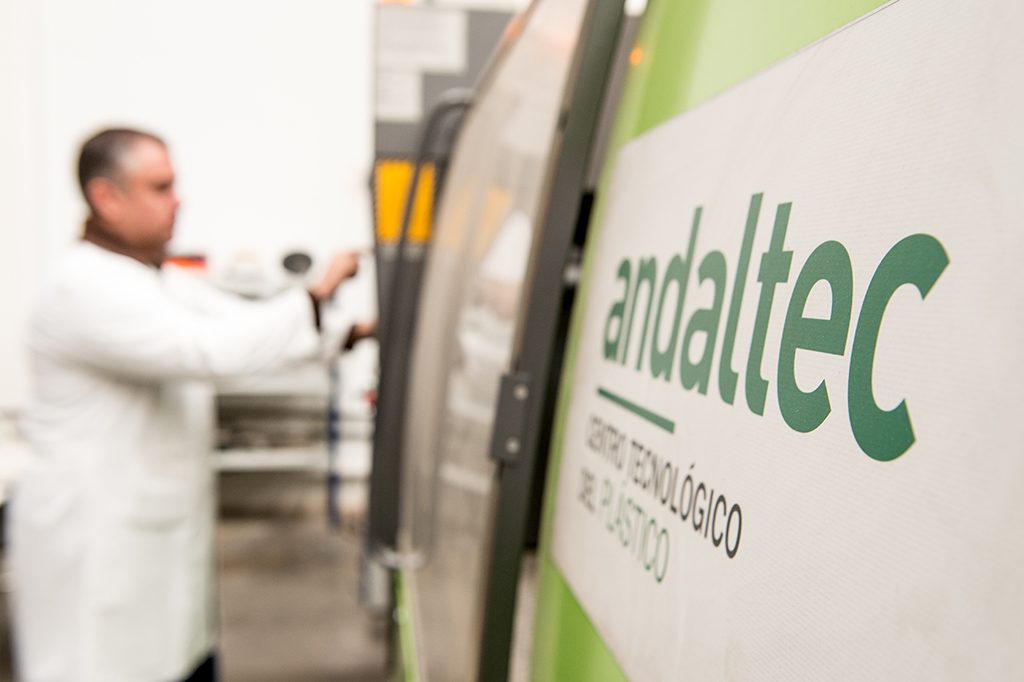Andaltec, a Spanish research center focused on plastics, has announced the RECYPPOWDER project to explore the possibilities of recycled polypropylene in additive manufacturing.
Known for its toughness and lightweight properties, polypropylene is widely used in various industries for prototyping. However, according to the company, integrating recycled polypropylene into additive manufacturing processes, particularly SLS, remains relatively unexplored. Led by Innomaq 21 and in alliance with the University of Barcelona and Andaltec, this research aims to develop economical and sustainable materials suitable for Selective Laser Sintering (SLS) technology by leveraging recycled materials.

Recycled polypropylene for sustainable SLS 3D printing
According to the company, SLS stands as a versatile 3D printing method, renowned for its ability to develop highly precise and complex parts. Belonging to the powder bed fusion (PBF) additive manufacturing family, it operates by heating powder within a container just below its fusion point. A roller then spreads a thin layer onto a manufacturing platform, and a laser selectively sinters the powder, forming a part’s cross-section upon solidification. Subsequently, the platform descends, and the process repeats layer by layer until completion. Upon finishing, compressed air cleans the part, while the unused powder is collected for reuse, minimizing waste.
However, SLS 3D printing faces constraints regarding compatible raw materials. Currently, polyamide (nylon) is the preferred choice, often enhanced with additives like aluminum or glass to augment final part properties. However, there’s a noticeable absence of commercial polymer powder derived from recycled polypropylene for SLS applications.
Recognizing this gap, researchers aim to develop co-polymers blending commercial and recycled polypropylene, optimizing their particle size and properties for laser processing. This entails addressing the inherent variability of recycled materials compared to their virgin counterparts. Moreover, feasibility studies will explore replacing part shipping with printing data transmission to reduce carbon footprint.
The project’s ambition extends beyond material development, striving to foster a circular economy and sustainability. By testing the novel product on SLS 3D printers under real-world conditions, the initiative seeks to validate its viability and impact. Andaltec’s involvement encompasses critical tasks such as material selection, compatibility studies, and characterization, highlighting its commitment to advancing additive manufacturing.

Exploring the unexplored in polypropylene 3D printing
Despite its status as one of the most consumed plastics globally, polypropylene has yet to reach its full potential in 3D printing due to inherent challenges. In an interview with 3D Printing Industry, Sebastian Schmidt, Product Manager at PPprint, discussed the underutilization of polypropylene in 3D printing despite its widespread use in other industries.
Schmidt highlighted the challenges surrounding interlayer bonding and warping that have hindered PP’s full potential in additive manufacturing. However, PPprint, specializing in polypropylene 3D printing materials, aims to change this narrative. With a dedicated focus on polypropylene for over four years, the company has developed an extensive materials portfolio and offers specialized printing services to overcome these challenges and accelerate polypropylene adoption in various sectors.
On another front, Braskem and Titan Robotics collaborated to unveil a new polypropylene resin for Titan’s Atlas 3D printers, targeting large-format production parts. The partnership addressed challenges in printing with polypropylene, leveraging its recyclability and robust properties.
After extensive research and development, the partners introduced a photopolymer optimized for large-scale polypropylene 3D printing, boasting low warping and strong inter-layer adhesion. This consequently would expand polypropylene’s application potential in the automotive, packaging, and industrial sectors.
What 3D printing trends do the industry leaders anticipate this year?
What does the Future of 3D printing hold for the next 10 years?
To stay up to date with the latest 3D printing news, don’t forget to subscribe to the 3D Printing Industry newsletter or follow us on Twitter, or like our page on Facebook.
While you’re here, why not subscribe to our Youtube channel? Featuring discussion, debriefs, video shorts, and webinar replays.
Are you looking for a job in the additive manufacturing industry? Visit 3D Printing Jobs for a selection of roles in the industry.
Featured image shows Andaltec’s team. Photo via Andaltec.


